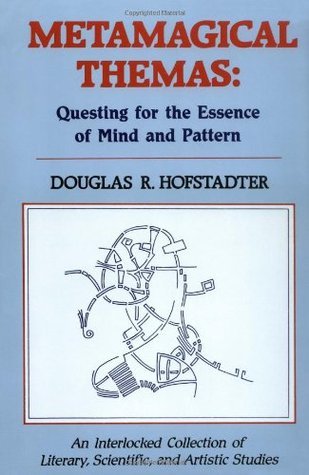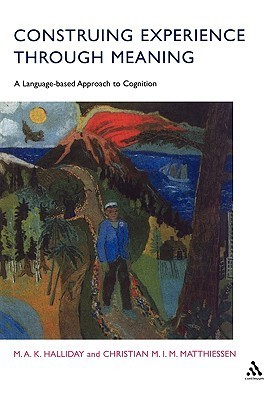
Le Ton beau de Marot: In Praise of the Music of Language
Book Description
Words are more than mere tools; they are a symphony of meaning, rhythm, and emotion. In 'Le Ton beau de Marot,' Douglas R. Hofstadter unravels the intricate dance of language, exploring how translation both reveals and conceals the essence of thought. With dazzling insights and playful challenges, he invites readers on a journey through linguistic beauty and the art of expression. Each chapter unearths the connections between culture, creativity, and cognition, urging a deep appreciation for the melodies embedded in our conversations. What happens when a single word can change an entire universe of understanding?
Quick Book Summary
"Le Ton beau de Marot" by Douglas R. Hofstadter is a multidisciplinary meditation on the art and challenge of translation, centering around a seemingly simple French poem by Clément Marot. Hofstadter uses this poem as a springboard to explore language’s profound musicality, the creativity involved in conveying meaning across linguistic boundaries, and the philosophical questions that arise when rendering one culture’s poetry in another’s tongue. Blending personal anecdotes, scientific analogies, and a catalog of creative translations (by himself and others), Hofstadter illustrates the interplay between fidelity and creativity in translation. Ultimately, the book is a passionate homage to the intricate beauty of language and the cognitive processes that shape our expressions, perceptions, and understanding.
Summary of Key Ideas
Table of Contents
The Challenge of Translation and Fidelity
At the heart of "Le Ton beau de Marot" lies a recurring meditation on the act of translation, symbolized by Hofstadter’s obsession with translating Marot’s “A une damoiselle malade.” Through a wealth of translated variations, he demonstrates translation as both an act of devotion and a creative challenge. The book reveals that translation is never a simple transference of meaning but a complex negotiation among rhythm, tone, nuance, and context, requiring continual decisions about what to preserve and what to sacrifice. The delicate balance between literal accuracy and cultural or poetic resonance is examined at depth.
Language as Music and Meaning
The book likens language to music, highlighting the elements of rhythm, melody, and harmony that inhabit every phrase and word. Hofstadter delves into how the structure and sound of language contribute to its emotional and cognitive impact. Examining parallels between musical composition and verbal expression, he points out that much of what moves us in language is non-literal: puns, wordplay, rhyme, and meter evoke feelings beyond straightforward semantics. This musical sensibility in language is key to understanding both poetry and everyday speech.
Creativity and Constraint in Communication
Hofstadter emphasizes the role of creativity and constraint in human communication, comparing the translator’s predicament to that of any artist working within defined limits. Constraints, such as rhyme schemes and syntactic rules, do not stifle innovation but fuel ingenuity. Throughout the book, playful translation challenges and experiments reinforce the idea that expressing the same thought in different ways can illuminate varied facets of meaning, offering readers a deeper appreciation for linguistic diversity and inventiveness.
The Interplay of Culture, Identity, and Expression
Another prominent theme is the interplay between language, culture, and personal identity. Through translation, Hofstadter argues, we glimpse the singular ways in which different cultures encode their values, humor, and perspectives. Language is shown as both a carrier and a creator of culture; by wrestling with nuanced terms and idioms, we confront the subtleties of worldview embedded in the mother tongue. Translating poetry thus becomes an act of intimate cultural exchange and deep empathy.
Cognition, Self, and the Experience of Understanding
Finally, "Le Ton beau de Marot" probes the psychology of understanding, self, and consciousness. Hofstadter draws analogies between translation and the way we interpret others’ minds or even our own thoughts. The book suggests that just as translation is never perfect, our grasp of meaning—whether through words or introspection—is always partial, mediated by the tools of language. Ultimately, Hofstadter’s work is an ode to the miracle of cognition: our ability to find melody in language, to connect across divides, and to celebrate the music inherent in human expression.
Download This Summary
Get a free PDF of this summary instantly — no email required.





